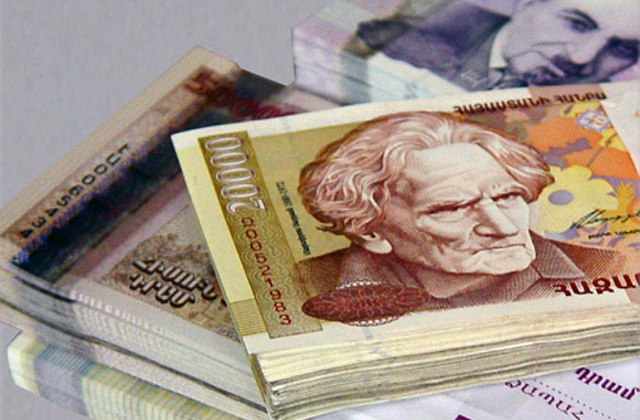
From which material new Armenian banknotes will be made

Central Bank of Armenia recently stated that it decided to introduce (put into circulation) new composite banknotes and announce tender for printing. Decision was made on May 26 in Dilijan’s educational-research center.
The official statement reads that the new banknotes will have higher security measures and will be of better quality.
However, it isn’t clear for the many what is a composite banknote and what’s its difference from ordinary ones.
Polymer or plastic banknotes
Production of polymer or plastic banknotes is more expensive, however, they are more beneficial, as they serve long.
One of the privileges over paper banknotes is that they are more pure, plastic prevents absorption of humidity, sweat and dirt.
Production is more expensive due to the price of the material, however, production process is simpler.
Processing and further use of used banknotes is also easier.
And finally, new type of banknotes is safer regarding forgery risks. Similar banknotes, besides traditional means of security, have such protective features, which are impossible to use in case of a paper banknote.
The first plastic banknotes appeared yet in 1980s in Costa-Rica, Haiti. They were printed on polymer material developed by DuPont company. However, due to tropic climate the ink removed from the plastic and they decided to refuse them.
All new contemporary banknotes are made of Guardian polypropylene.
The first similar banknotes were developed by Reserve Bank of Australia and Commonwealth Scientific and Industrial Research Organisation.
New banknotes currently are circulated in more than 50 countries.























